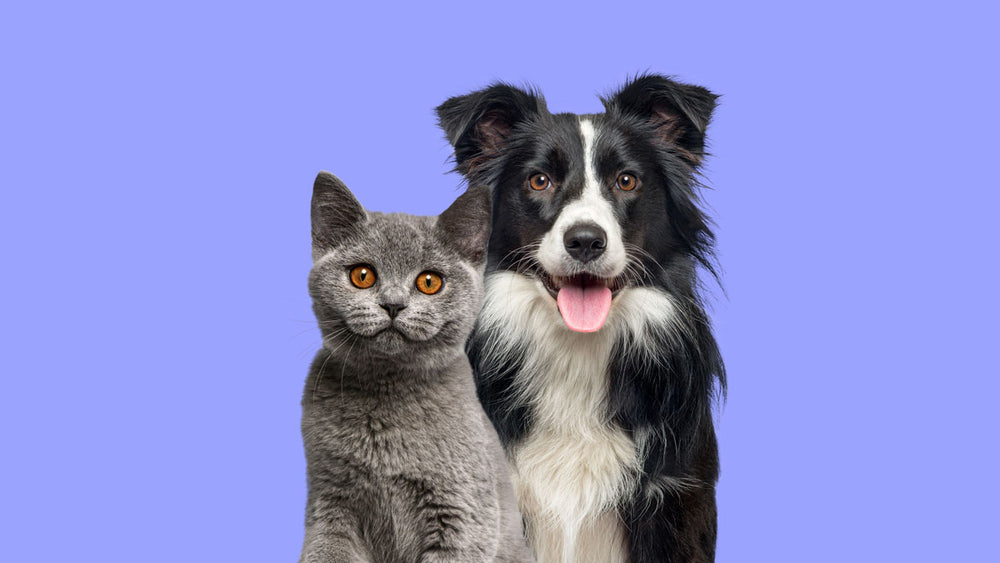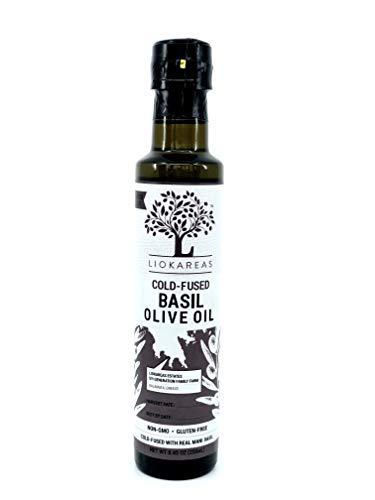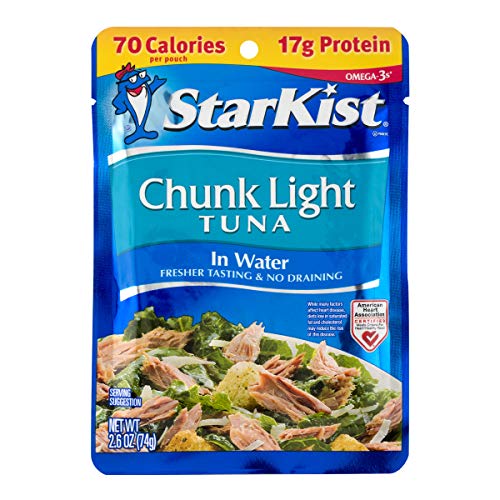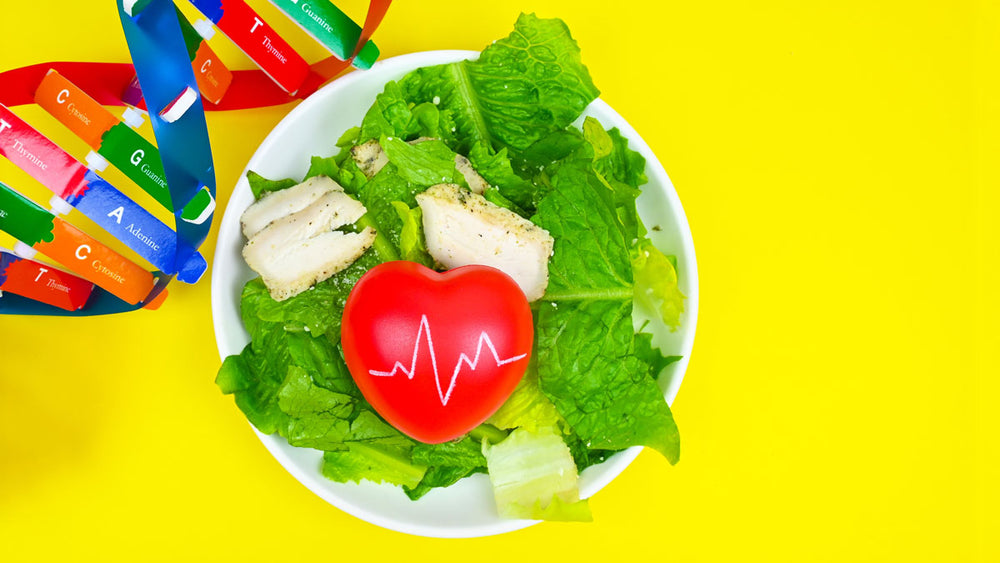Helping Your Furry Friend: Understanding and Managing Acid Reflux in Pets
This one is for our favorite four-legged friends, our dogs and cats! I know this is a bit of a change from our normal topic subjects, but we’re fetching some new knowledge on gastroesophageal reflux disease (GERD). Did you know that your pets can have GERD, too? It’s true! Thanks to our similarly-shared digestive tracts, dogs and cats can have acid reflux just like humans do. But what can we do to help?
Well, Foodguides fam, it’s time to sit and stay as we retrieve some facts about GERD in animals.
Gurgling & Gagging: Identifying the Telltale Signs of Acid Reflux
Studying GERD in dogs and cats has proven to be quite difficult. Unlike humans, dogs and cats cannot complete a questionnaire about their symptoms (which is usually how humans are diagnosed with GERD). Instead, we must look at their symptoms to see what is happening inside their fuzzy bellies.
When dogs and cats experience GERD, they are prone to retching, vomiting, empty swallowing, regurgitation, belching, and drooling. They may develop some strange habits such as anorexia, trying to lick the air, eating grass outside in the backyard, grinding their teeth, or snapping their jaws. Pet parents must keep a close eye on these symptoms and schedule a vet visit as soon as possible if these symptoms last more than a couple of days. Since these symptoms mimic other gastroenterological conditions, such as esophagitis and hiatal hernia, an animal professional will need to make the official GERD diagnosis.
Beyond the Bowl: Unveiling the Culprits Behind the Burn
Numerous sources in humans can cause GERD, and dogs and cats are no exception! Our four-legged pals may be allergic to their food, overproduce acid in their stomachs, or be predisposed to GERD based on their breed type.
Dogs and cats can have food allergies just like humans, whether to wheat, soy, gluten, or colors and dyes. Dogs and cats react accordingly when these irritants are present in their food. Observing your pet’s eating habits is important, especially when switching food brands.
An overproduction of stomach acid could also be the culprit for GERD. This can be caused by stress, bacterial infections, or the consumption of oily and/or spicy foods. It is best to avoid giving your pets such food and have them stick to their normal eating routines.
Some breeds of dogs and cats may be genetically inclined to experience symptoms of GERD. Acid reflux commonly affects brachycephalic animals, meaning those with a small head and narrow throat and nasal passages. Bulldogs, Pugs, Boston Terriers, and Pekingese dogs, as well as Persian, Burmese, Himalayan, British Shorthair, and Exotic Shorthair cats, are examples of brachycephalic animals.
Diet Detox: Tailoring Meals for a Happy Tummy
One of the best ways to prevent GERD flare-ups is to examine your pet’s diet. Try to limit the number of fatty foods they consume since dietary fat is known to reduce the necessary pressure on the gastroesophageal sphincter for proper function and delay emptying of the gastric system. Spicy foods can also cause flare-ups since they are more difficult to digest. The next time you go to the grocery store, take a look at what is in your pet’s food and see if there is an alternative that could help alleviate GERD symptoms (also, you can ask your veterinarian which brands they recommend).
Another method to address GERD is to avoid late-night feedings. Just like you, your cats and dogs do not need to eat late at night. Eating a meal right before bed will not allow a proper amount of digestive time before lying down to go to sleep. This can cause abdominal discomfort and prevent getting a good night’s rest. Try incorporating smaller, frequent meals during the day to avoid overeating at night.
Calm & Cozy: Creating a Reflux-Friendly Lifestyle
Outside of meal management, creating a safe, stress-free home for your pet will also help minimize the effects of GERD. Ensure your pet has a comfy place to sleep and ample time for physical exercise during the day. Petting, speaking in a soothing voice, and spending quality time with your pets can also reduce their stress and help with GERD symptoms.
Has your pet experienced GERD? How did you help them? Share your thoughts in the comment section below, or on social media. Be sure to tag us @foodguideshelp!
- American College of Veterinary Surgeons. (2024). Brachycephalic syndrome, ACVS.
- Cave, N., Delaney, S., and Larsen, J. (2023). Nutritional management of gastrointestinal diseases, Applied Veterinary Clinical Nutrition - Second Edition.
- Husnik, R., & Gaschen, F. (2021). Gastric Motility Disorders in Dogs and Cats. The Veterinary clinics of North America. Small animal practice, 51(1), 43–59.
- Kook P. H. (2021). Esophagitis in Cats and Dogs. The Veterinary clinics of North America. Small animal practice, 51(1), 1–15.
- W, E. (2024). Brachycephalic breeds of cats, ASPCA Health Insurance,





















Comments
Join The Conversation...